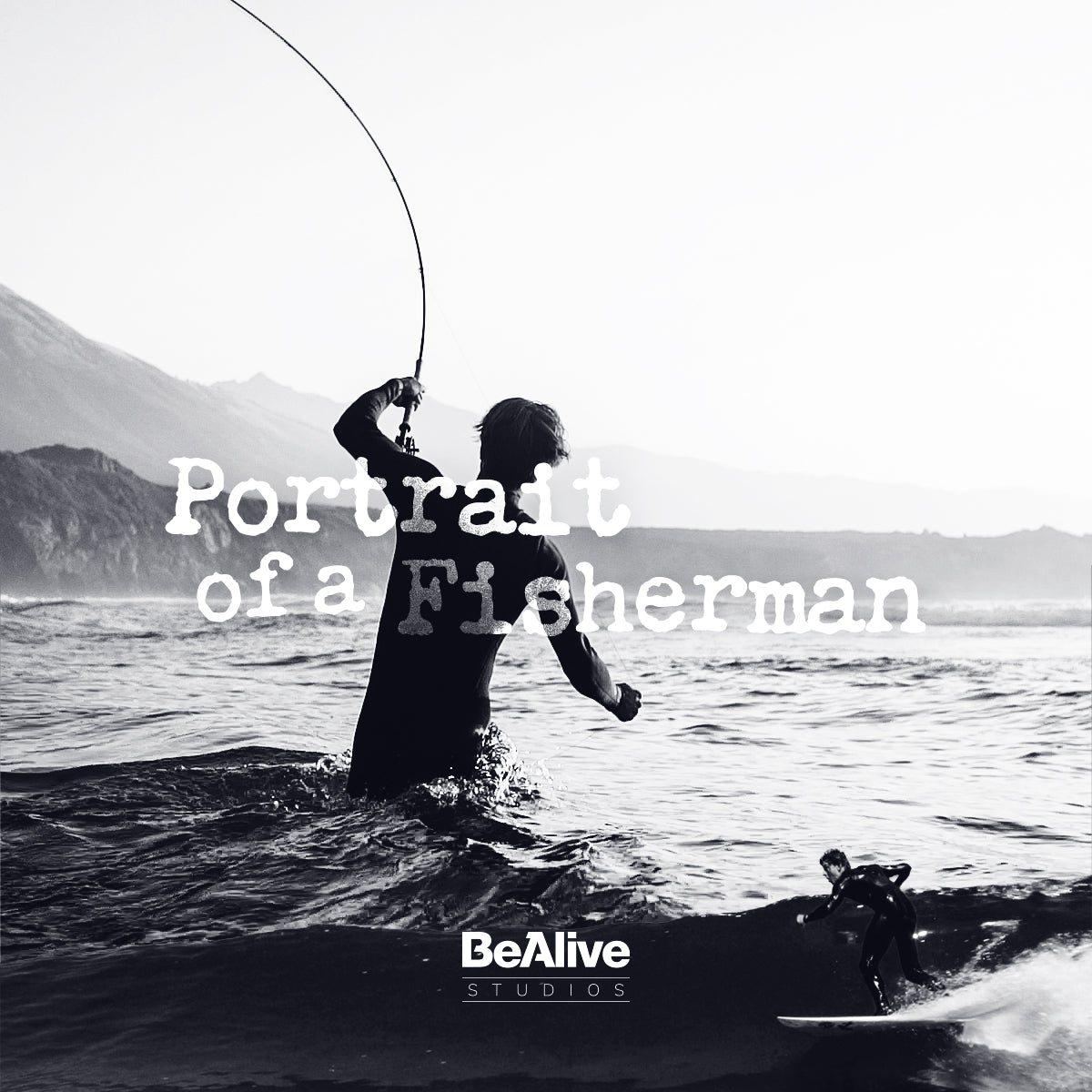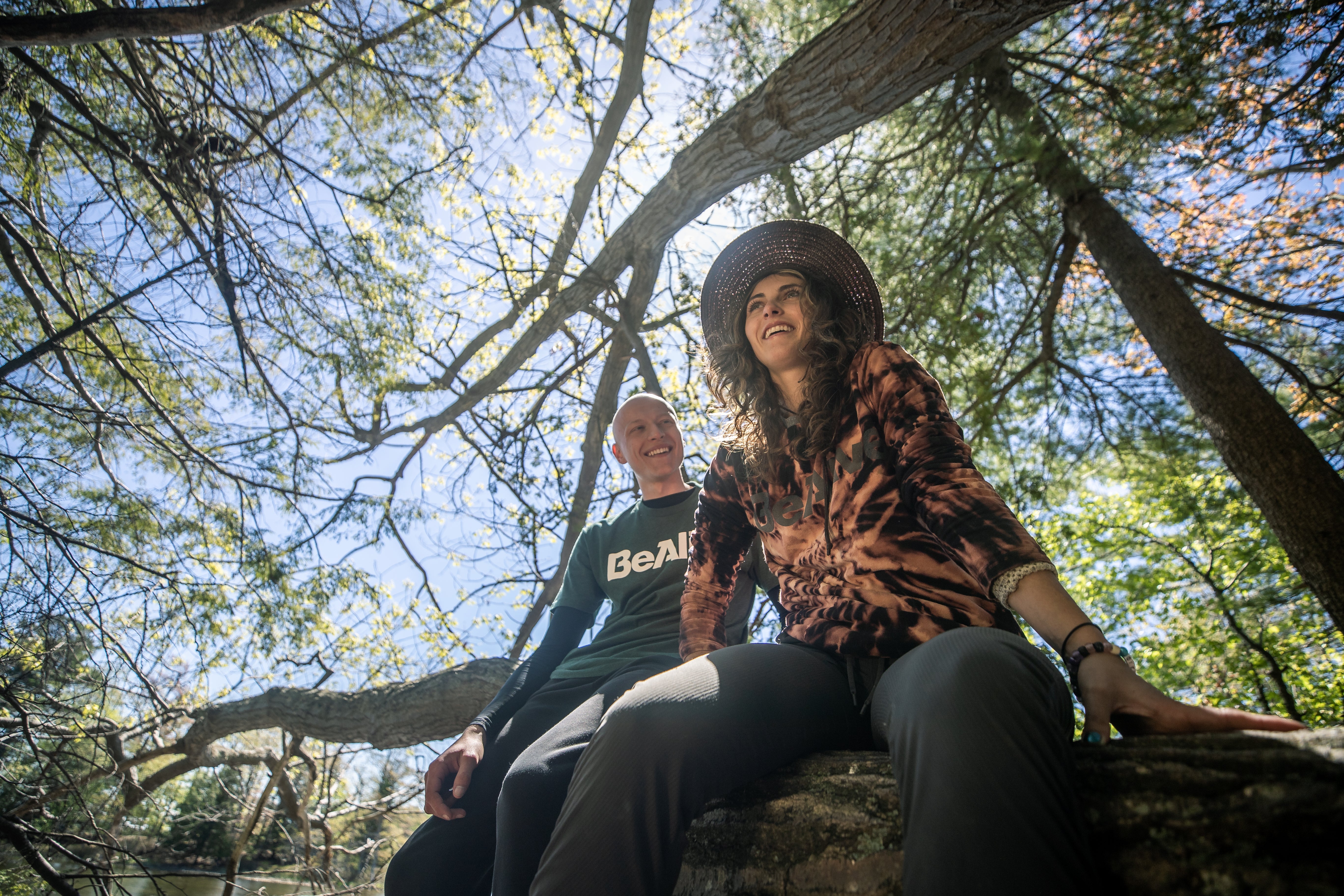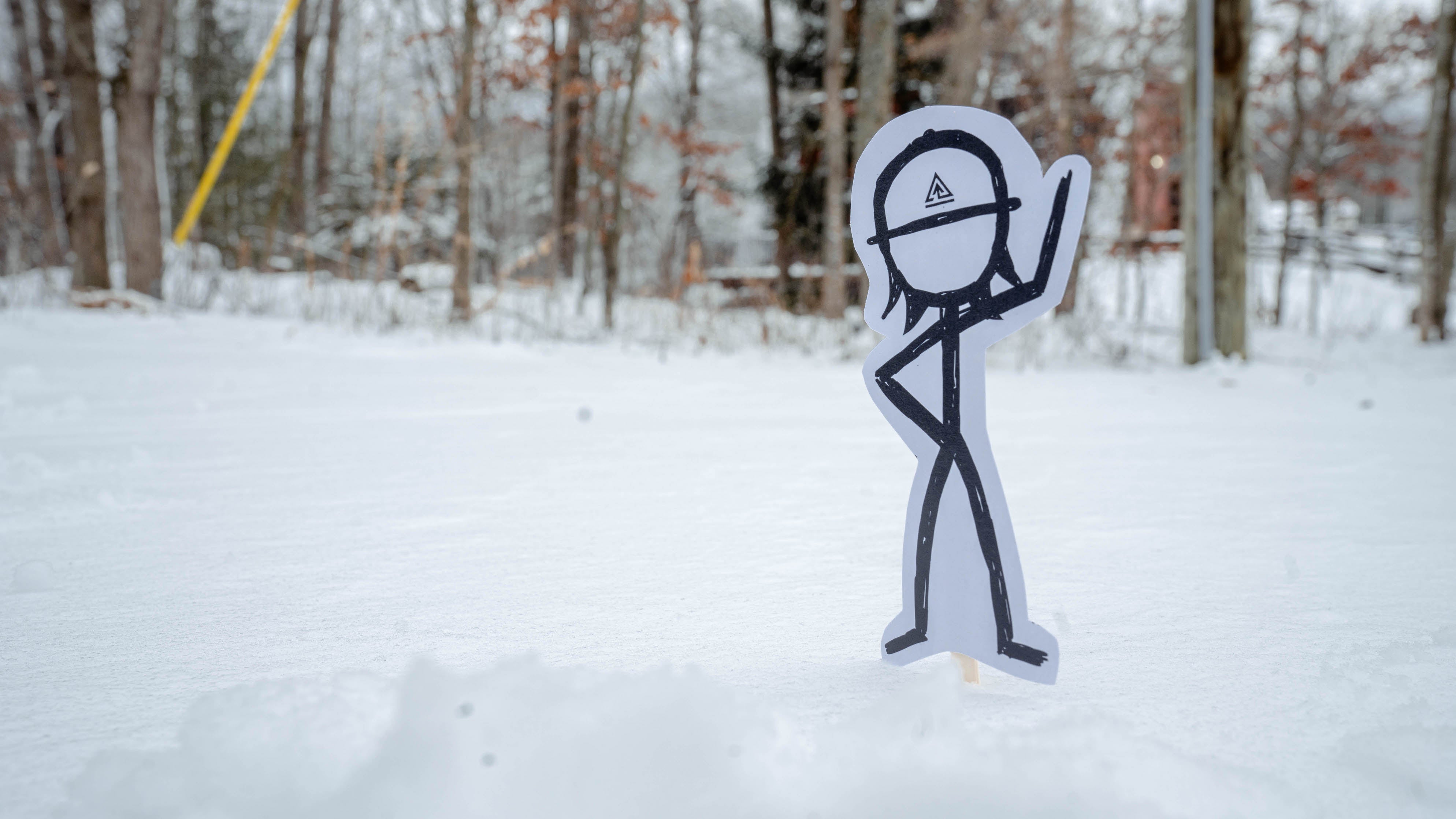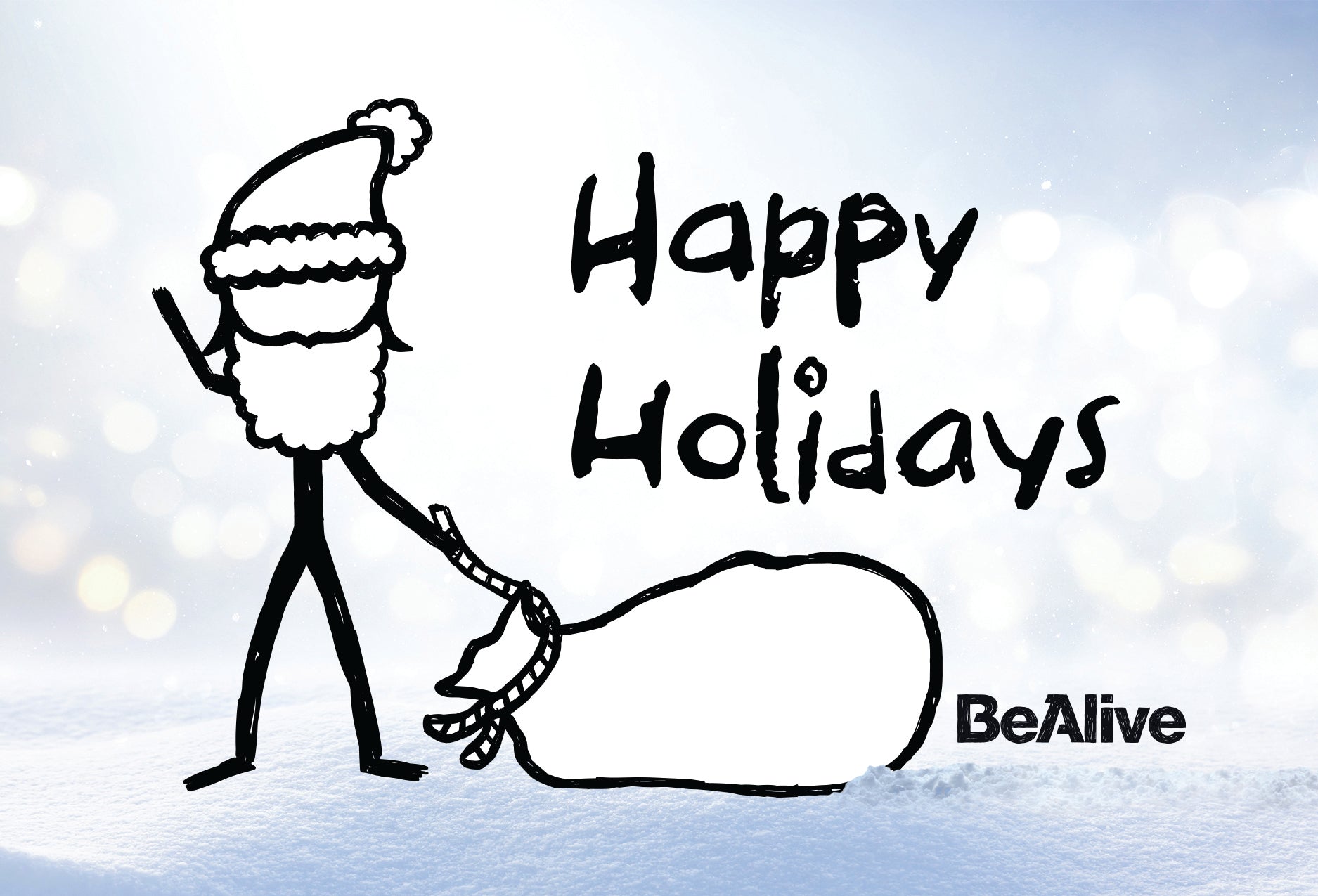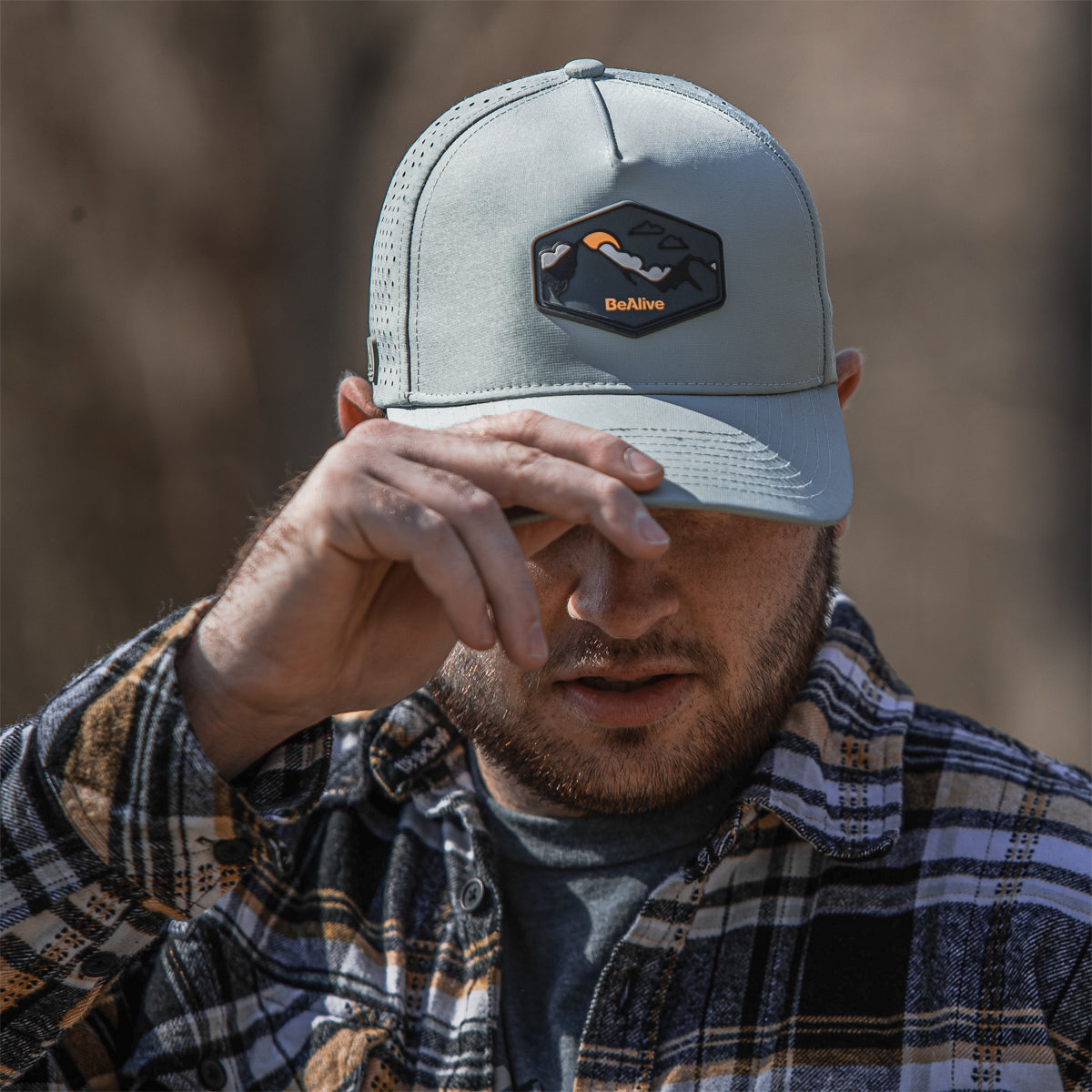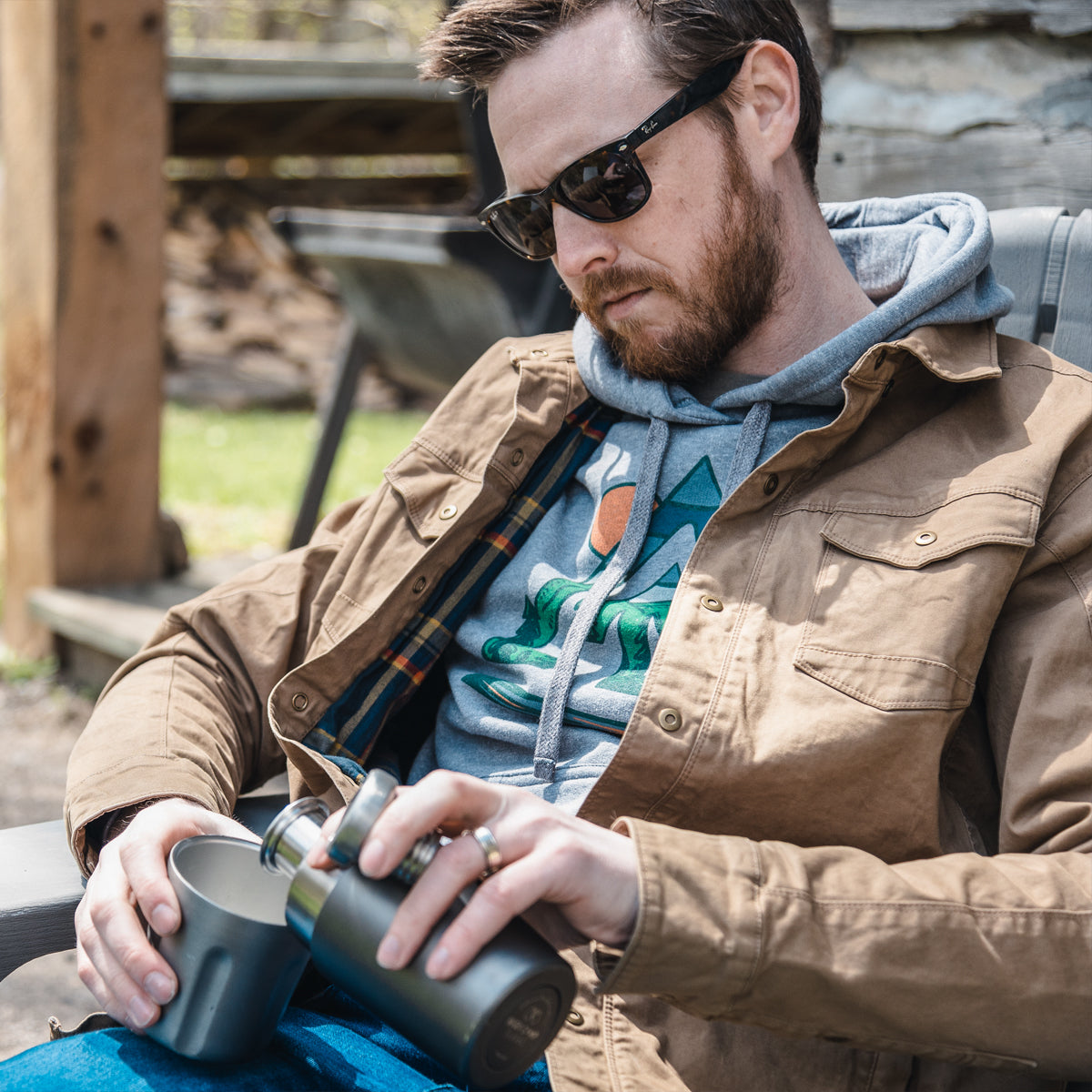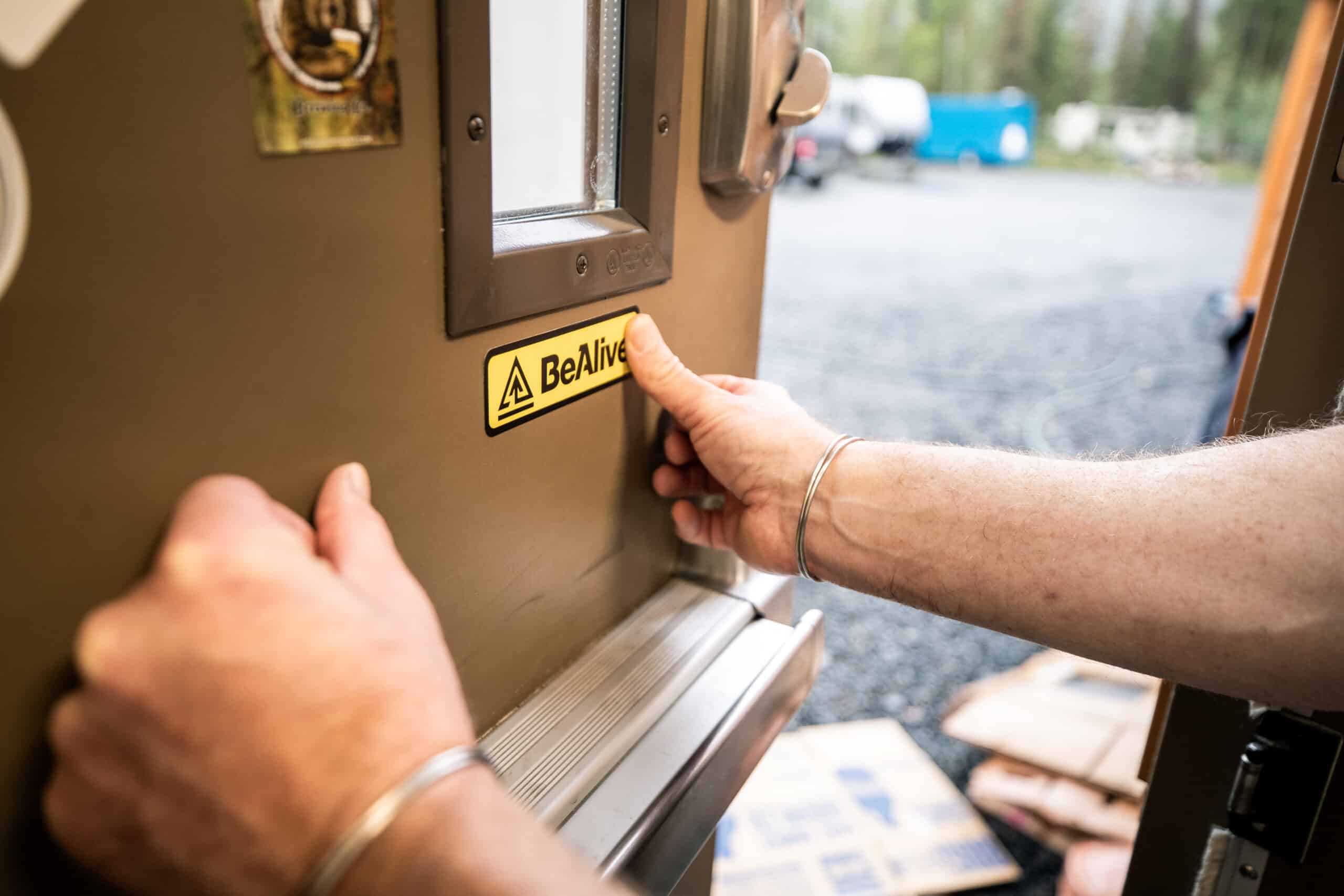For Maddie Brenneman, a day at the office doesn’t mean sitting in a gray cubicle. It’s standing in a wide river.Her work tools don’t exactly include a computer or sticky notes or highlighters. It’s a rod, a fly and a line. Her ceiling isn’t low and tiled with a buzzing air conditioner. It’s the Colorado sky.
As a fly fishing guide based in Denver, Maddie spends her days helping others learn the sport that she’s grown to love. She has traveled the world catching all types of fish found beneath the river’s surface. She’s learned the ways of the water, and she follows Mother Nature’s guidance.
With years of fly fishing experience under her belt, Maddie has gathered many “nuggets of wisdom” that can help increase the odds of fly fishing success.
Here, Maddie explains her top 10 fly fishing tips and tricks:

1. LOSE THE INDICATOR.
When you’re a novice fisherman, you have a bobber that’s called a strike indicator. But fish can become really aware of what it is. The second they see that, they’re not going to eat anything. When my boyfriend Nick and I traveled to New Zealand to fly fish, we didn’t use an indicator…just a heavy sinking fly. I’ve had so many instances where fish will look at my fly and they will stare at it, then swim away. They want to eat, but they are very smart, especially at the end of a fishing season.
2. WHEN ALL ELSE FAILS, TRY SOMETHING UNUSUAL.
I can get stubborn with certain flies that I get dependent on. I’ll be afraid to branch out, but sometimes fish have seen those flies all season, so the best thing to do, even if it doesn’t make sense in that environment, is to try something unusual.
3. MOVE SLOW AND BE CAREFUL.
So many fish opportunities are lost based on the way that you move in a river. A lot of people will stomp through the river. Fish can feel you from pretty far away. Move carefully and fish close to you before you fish far…it’s a better way to catch fish. The quieter you are, the more likely you are to sneak up on them.

4. KEEP A DIARY LOG.
I learned from my mentor—his name is Claus, and he’s 72-years-old— and he has been keeping a log for the last 50 years. It’s interesting to see. He keeps it in a calendar, so it’s super quick. What you can do is, say on June 1st, you wrote the conditions of the river, what flies you were using, any tips. Then the next June, you can look back and see, “Wow, that time of year, this tended to work best for me.” It can make you a lot more successful to have a specific log. It’s not just about the conditions, which you can find online. But if you do it on a calendar, it’s so easy. It doesn’t take a lot of time. When I keep my log, I write down the level of water, how high the water was, the temperature of the water/day, what fly I used that worked and what size, and how many fish I caught and where.
5. FIND A FISHING MENTOR.
For me, my mentor Claus has been one of the best parts of the sport. He’s taken me under his wing and taught me what he’s discovered in his life…not necessarily fishing tips, but more of his own experiences. I feel lucky when I go and fish with him.
6. VARY THE SIZES.
In terms of flies, there’s hundreds of thousands of fly patterns. When you go
out fishing, it’s important to have a variety of sizes than just having a variety of flies. I’ll be fishing with a little fly, like a stone fly with one size and it will be a slow morning, but the second I take it down two sizes, it’ll work. Fish are in tune with size and presentation. Don’t change the fly…just change the size.
7. UNDERSTAND THE REGULATIONS OF WHERE YOU’RE FISHING.
This is something I’ve learned by traveling the world. Regulation is different everywhere. It’s important that all fly fisherman take time and responsibility to know and understand the regulations. It’s important because it protects the fish and their habitat. For example, there are certain places you can fish with felt boots, and some you can’t, and it’s for good reason.

8. WHEN IT’S RAINY AND THE WATER IS HIGH, THAT’S A GOOD DAY TO GO FISHING.
In my experience, it just is better when the weather is worse. Bigger fish are caught when the weather is off. Rainy, cloudy weather tends to be better fishing. Big fish are pretty smart about birds of prey, so when it’s cloudy, the fish are going to be more aggressive. They feel safer because it’s not as sunny and bright. It’s a lot harder for fish to see the line when it’s cloudy and the water is high, so they tend to grab it, so you have an advantage because of the conditions.
9. EVERY RIVER IS DIFFERENT.
There are some rivers I spend the whole time fishing in one spot, and there are some rivers where I’ll take a cast and move. Understanding the river and what is the best method is important. For example, are there big fish, but are they spread out? It’s cool to understand the different bodies of water.
10. FIND A GUIDE.
If you are new to fly fishing, rather than invest in really expensive fly rods and reels, invest in three to four days with a guide. Let the guide know that you don’t just want to fly fish, you really want to learn to fly fish. It’s a whole different day if you explain that you want to learn. I try to teach people how to fly fish rather than take them fishing. After three to four days, they can go out on their own and catch fish. It takes drive and desire to learn how to fly fish. When I was a kid, I didn’t know that fly fishing was something I would love. For the first two years, I wasn’t trying hard to learn. But after that point, I really wanted to learn and try.


